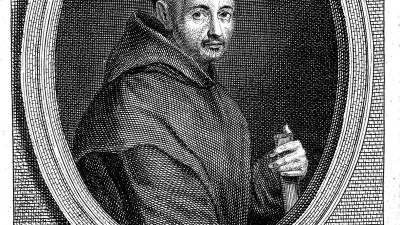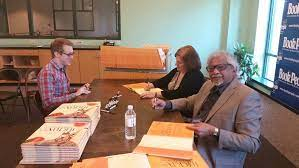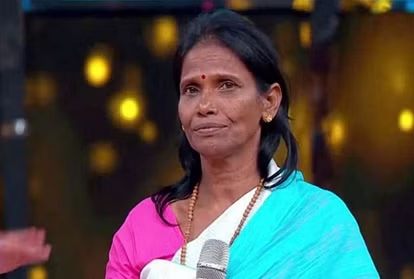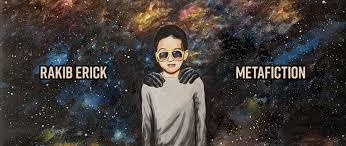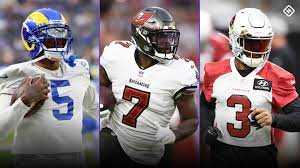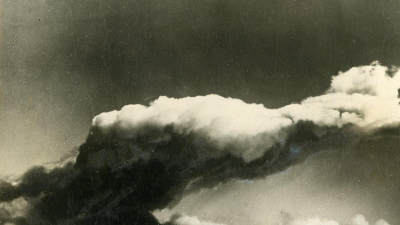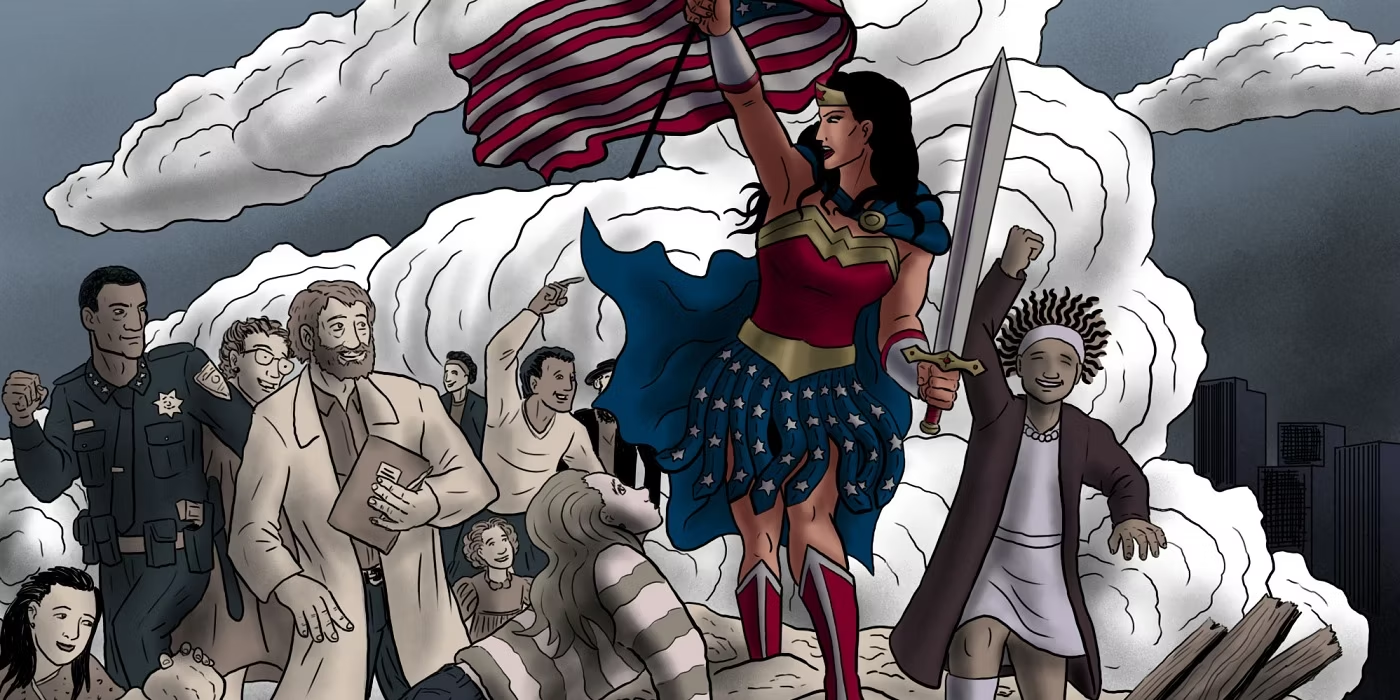
Dive into the rich history of Indian comic publishers and creators while uncovering the unique storytelling essence that makes comics an all-time favourite among the young and the old.
Our art teacher, after revisiting a few key ideas from her previous presentation on cartoon books, began discussing comic books. Once again, she delivered her presentation using PowerPoint slides. The first slide displayed five images of popular comic characters and asked us to identify them. Without any difficulty, we recognised them as Spider-Man, Batman. Wonder Woman, Iron Man, and the Hulk
Indian characters
We expected that the teacher would quiz us on iconic Indian comic characters as well, and as anticipated, the second slide featured them. The images shown were Suppandi. Chacha Chaudhary, Bahadur, Super Commando Dhruva, and Nagraj However, we had some difficulty identifying them, as they were not as well-known as their Western counterparts. She also listed a few more popular Indian superheroes She continued the quiz on the following slide. focusing on well-known Indian publishers of comic books. Like the first two slides, this one also featured only images:
Amar Chitra Katha, Raj Comics, Diamond Comics, Lotpot, and Graphic India. With the exception of one or two, we were unable to identify them, as we usually did not pay much attention to publishers. However, she emphasised their significance and briefly discussed each of them, with particular reference to Graphic India. This publishing house is now striving to rekindle interest in the genre to match American and Japanese comics and anime.
The next slide featured famous comic creators, and, fortunately, she did not quiz us. Perhaps she knew we wouldn't be familiar with them. The slide displayed pictures of Anupam Sinha, Pratap Mulick, Chandu, Sukhwant Kalsi, and Anant Pai.
In addition to naming them, she focused on Anant Pai's contributions. She emphasised the fact that he founded Amar Chitra Katha and informed us of the frequently cited reason for the establishing of ACK. In 1967, while participating in a quiz programme, Pai noticed that contestants answered questions about Greek myths correctly but struggled with Indian mythology. This discovery became a catalyst for him to start the publishing house.
Immortal stories
Anant Pai named his establishment Amar Chitra Katha, signifying the underlying reason for its creation, which means "immortal picture stories". It drew its protagonists from Indian mythological gods and goddesses as well as historical leaders. From the beginning, it had a significant impact on young minds, acquainting them with indian cultural heritage and ancient history. Approximately 500 titles have been published, and Pai is rightfully credited as the father of Indian comics".
The teacher then went on to highlight the differences between cartoons and comics. The first point she made was that comics originated in the West, with India primarily emulating them, so the innovation credit essentially goes to the West. Cartoons are standalone artworks mainly created for newspapers and magazines on a regular basis, whereas comics are like storyboards that narrate a story in the form of illustrations in sequence. The images are drawn horizontally to present the story chronologically, and the story can be short or lengthy The distinction she made clarified things for us, as comics are sometimes referred to as cartoon strips, at least in the U.K.
She brought with her a copy of the current issue of Tinkle, a popular weekly magazine, to inspire us. She explained that it has a 42-year history and is now owned by Amar Chitra Katha. An interesting fact about comic magazines is that although the target audience is children, adults also enjoy reading them, as they offer a visual treat and can be quickly consumed. Additionally, she informed us that besides being published in English, Tinkle is simultaneously published in other Indian languages such as Hindi, Malayalam, and Assamese. ACK has also brought out several comics on great people.
Many advantages
Several surveys have shown that reading comics has certain benefits for everyone, regardless of age. Firstly, they are more engaging than other literary genres. Secondly, they enhance reading comprehension skills. Lastly, they foster a love for reading at a time when the reading habit is on the decline.
She concluded with two suggestions: firstly, comic books can be a great motivator, especially for reluctant or struggling readers. So, club members must take it upon themselves to influence those in their circle who belong to that category. Secondly, they could also submit their entries to a comic magazine, and if accepted, they could see their names in print, which can be quite exciting.
Dive into the rich history of Indian comic publishers and creators while uncovering the unique storytelling essence that makes comics an all-time favourite among the young and the old.
Our art teacher, after revisiting a few key ideas from her previous presentation on cartoon books, began discussing comic books. Once again, she delivered her presentation using PowerPoint slides. The first slide displayed five images of popular comic characters and asked us to identify them. Without any difficulty, we recognised them as Spider-Man, Batman. Wonder Woman, Iron Man, and the Hulk
Indian characters
We expected that the teacher would quiz us on iconic Indian comic characters as well, and as anticipated, the second slide featured them. The images shown were Suppandi. Chacha Chaudhary, Bahadur, Super Commando Dhruva, and Nagraj However, we had some difficulty identifying them, as they were not as well-known as their Western counterparts. She also listed a few more popular Indian superheroes She continued the quiz on the following slide. focusing on well-known Indian publishers of comic books. Like the first two slides, this one also featured only images:
Amar Chitra Katha, Raj Comics, Diamond Comics, Lotpot, and Graphic India. With the exception of one or two, we were unable to identify them, as we usually did not pay much attention to publishers. However, she emphasised their significance and briefly discussed each of them, with particular reference to Graphic India. This publishing house is now striving to rekindle interest in the genre to match American and Japanese comics and anime.
The next slide featured famous comic creators, and, fortunately, she did not quiz us. Perhaps she knew we wouldn't be familiar with them. The slide displayed pictures of Anupam Sinha, Pratap Mulick, Chandu, Sukhwant Kalsi, and Anant Pai.
In addition to naming them, she focused on Anant Pai's contributions. She emphasised the fact that he founded Amar Chitra Katha and informed us of the frequently cited reason for the establishing of ACK. In 1967, while participating in a quiz programme, Pai noticed that contestants answered questions about Greek myths correctly but struggled with Indian mythology. This discovery became a catalyst for him to start the publishing house.
Immortal stories
Anant Pai named his establishment Amar Chitra Katha, signifying the underlying reason for its creation, which means "immortal picture stories". It drew its protagonists from Indian mythological gods and goddesses as well as historical leaders. From the beginning, it had a significant impact on young minds, acquainting them with indian cultural heritage and ancient history. Approximately 500 titles have been published, and Pai is rightfully credited as the father of Indian comics".
The teacher then went on to highlight the differences between cartoons and comics. The first point she made was that comics originated in the West, with India primarily emulating them, so the innovation credit essentially goes to the West. Cartoons are standalone artworks mainly created for newspapers and magazines on a regular basis, whereas comics are like storyboards that narrate a story in the form of illustrations in sequence. The images are drawn horizontally to present the story chronologically, and the story can be short or lengthy The distinction she made clarified things for us, as comics are sometimes referred to as cartoon strips, at least in the U.K.
She brought with her a copy of the current issue of Tinkle, a popular weekly magazine, to inspire us. She explained that it has a 42-year history and is now owned by Amar Chitra Katha. An interesting fact about comic magazines is that although the target audience is children, adults also enjoy reading them, as they offer a visual treat and can be quickly consumed. Additionally, she informed us that besides being published in English, Tinkle is simultaneously published in other Indian languages such as Hindi, Malayalam, and Assamese. ACK has also brought out several comics on great people.
Many advantages
Several surveys have shown that reading comics has certain benefits for everyone, regardless of age. Firstly, they are more engaging than other literary genres. Secondly, they enhance reading comprehension skills. Lastly, they foster a love for reading at a time when the reading habit is on the decline.
She concluded with two suggestions: firstly, comic books can be a great motivator, especially for reluctant or struggling readers. So, club members must take it upon themselves to influence those in their circle who belong to that category. Secondly, they could also submit their entries to a comic magazine, and if accepted, they could see their names in print, which can be quite exciting.
Picture Credit: Google
